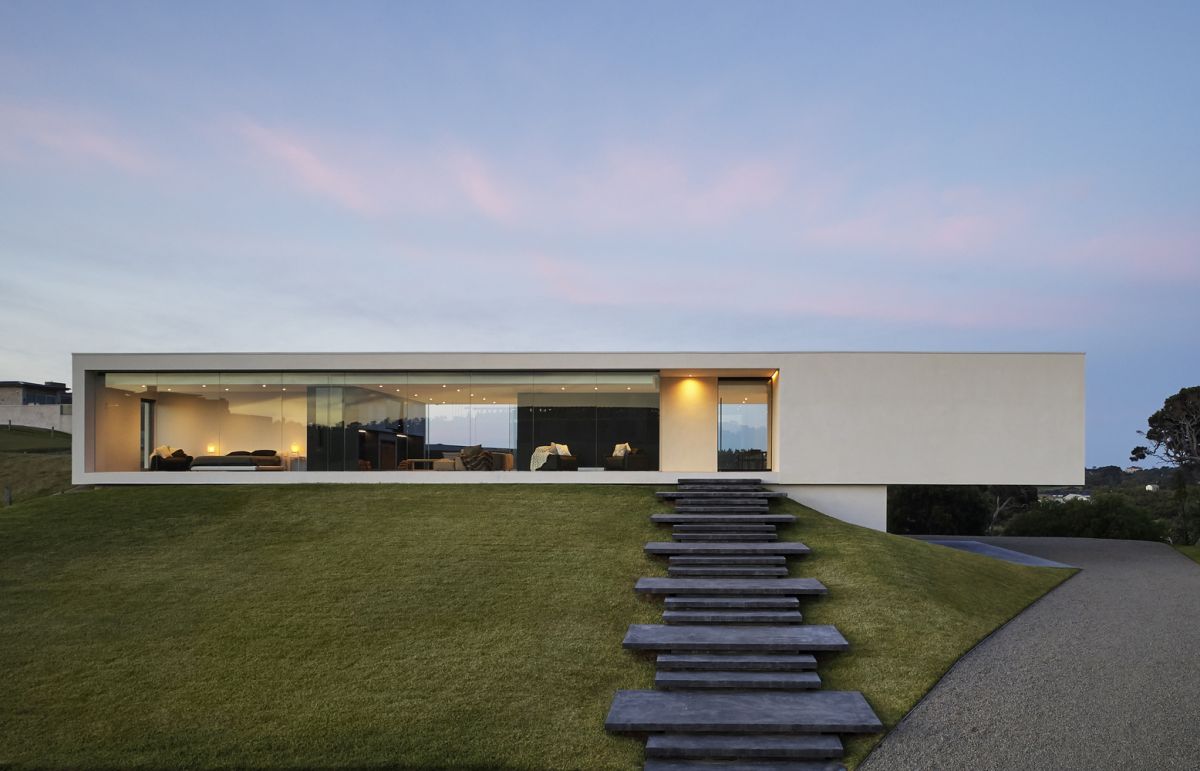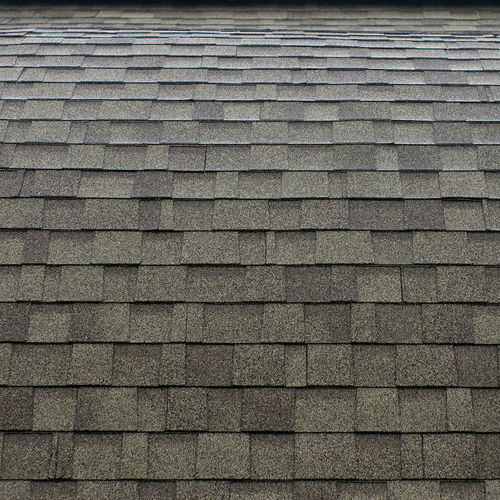
The eave, an area of the roof that extends over the sides of a house, is a part of the home's roof. Although they were not often visible in the past, eaves are now more decorative. Their main purpose is to keep rainwater and snow off of the roof and away from the walls. They are particularly useful for homes with traditional New England Cape style homes.
The eave can serve many purposes. The eave keeps rainwater off walls, protects buildings from flooding, and helps reduce splatter. The horizontal soffit fills the eave and is fixed at an angle to wall. The eave protects the roof from the elements and reduces wind loads. Because it can increase the roof's weight, an eave must be designed for the local winds.

There are many other functions for the eave. It prevents water from entering the building, and it also prevents leaks from entering the building. It shades the windows, helping to maintain comfortable indoor temperatures. If placed correctly, an eave allows sunlight to enter in winter and blocks the sun from summer. It can help to define the architectural style of a house. The eave of an Italianate home will be wider than a ranch house.
The eave of a roof is crucial. This is why it's so important to pay attention to this area of the house. The eave can be a major part of the appearance of your home, regardless if it's being renovated or built new. It protects the house from the rain and other elements. When properly installed, it can be a valuable addition to your home. It keeps water out.
The eave, an important part of the roof, is essential. It extends from the roof rafters up to the exterior wall of the building. Fascia boards and the rafters are designed to support the roof tiles. Eaveboards can protect the roof tiles from the weather and can be used as a shield. It's important to know where your eave is when constructing a new home. If it's not properly secured, the eave can be a source of disaster.

Another vital part of a home is its eave. Without an eave your house is at risk of water damage. An eave protects your house from the elements and the harsh sun. A subtropical climate will have an eave that protects the home from direct sunlight. It also shields the interior architectural features from heat and moisture.
The eave, an important element of a building, is vital. A building could be at risk of water damage if it is missing. A soffit will protect your walls from the elements. This type of eave can also be called a "soffit". A soffit is an eave that protects the outside of the house. It can also be used to install guttering. The eave can be made in a variety of styles.
FAQ
How do I renovate my house with zero money?
When renovating a home without spending money, the following steps should be followed:
-
You should create a budget plan
-
Learn what materials are needed
-
Pick a place for them
-
Make a list of things you need to buy
-
Find out how much money your have
-
Plan your renovation project
-
Get started on your plans
-
Do some research online
-
Ask friends and family to help
-
Be creative!
How do I select a competent contractor?
When choosing a contractor, ask friends and family members for recommendations. Also, look at online reviews. Look online for reviews to ensure the contractor you choose is experienced in the construction area you are interested. Refer to previous clients and verify their references.
Can I renovate my whole house myself?
Why pay someone to do it for you when you can do it yourself?
It doesn’t matter how much DIY is your passion, sometimes it can be difficult to do the job yourself. It may be impossible to control the many variables.
You might discover that the wiring in your home is not up to date. In this case, you'll need to hire an electrician to ensure that your electrical system works safely and reliably.
Be aware that structural damage might be too costly for you to repair during the renovation.
You might not have all the necessary tools to do the job correctly. You will need a special tool called the plumber's snake to clean clogged pipes if you plan to install a kitchen sink.
Plumbing codes also require that you have a licensed plumber work on your project.
You need to be able to do the job before you take on any large tasks.
If you aren't sure if you have the skills or knowledge to tackle the task, get help from your family and friends.
They can offer advice about what to do and where to go for more information.
Statistics
- A final payment of, say, 5% to 10% will be due when the space is livable and usable (your contract probably will say "substantial completion"). (kiplinger.com)
- According to the National Association of the Remodeling Industry's 2019 remodeling impact report , realtors estimate that homeowners can recover 59% of the cost of a complete kitchen renovation if they sell their home. (bhg.com)
- The average fixed rate for a home-equity loan was recently 5.27%, and the average variable rate for a HELOC was 5.49%, according to Bankrate.com. (kiplinger.com)
- They'll usually lend up to 90% of your home's "as-completed" value, but no more than $424,100 in most locales or $636,150 in high-cost areas. (kiplinger.com)
- Design-builders may ask for a down payment of up to 25% or 33% of the job cost, says the NARI. (kiplinger.com)
External Links
How To
5 Things to Know Before You Start Your Home Renovation
-
Is this something you really want? You will need help if you are going to embark on a major home improvement project such as renovating your bathroom, kitchen, or building a new house. It's possible to feel overwhelmed by such a large project. It can take up your time and cost you money. You won't reap the benefits. Instead, hire someone who has experience in this field to assist you. They will help you save time and stress and still give you a beautiful home to live in.
-
How much should you spend? This might sound obvious, but spending too much money on a renovation could lead to more problems. This is because most of the cost will be recouped at the end. You should stick to your budget, even if it's a tight one. If you don't, you might end up spending a lot of money and not receiving anything.
-
Should I use DIY or hire professionals? - There's no right and wrong answer. We recommend hiring professional tradespeople, however, if you're able to afford them. Their advice will be invaluable in helping you decide how to proceed. For example, they'll be able install the plumbing correctly, ensure that everything is done safely, and provide you with a warranty when they finish their work. DIY projects require lots of trial and errors, which can mean you'll have many lessons to learn. You will also need to deal with the many issues that arise during the process.
-
What are my options? - Don't underestimate what a renovation will cost. Even if your budget is tight, you may need to borrow money to cover costs. When you want to sell your existing property quickly after the renovations are complete, you will need to account for the price of selling it.
-
Which place should I start? There's no right or incorrect place when it comes down to where to start. But we suggest you choose something that you enjoy working on. This will help you stay motivated and make it less likely that you procrastinate. You should also avoid areas that require extensive maintenance. If you have to deal with dirt and dust, don't try to redecorate the living room.